
A show about relationships with the land
There are many ways to listen to the show: Listen live on CFRU 93.3 fm broadcasting from the University of Guelph Mondays at 6pm EST or listen to the podcast via Spotify, Apple, or just follow the rss feed.
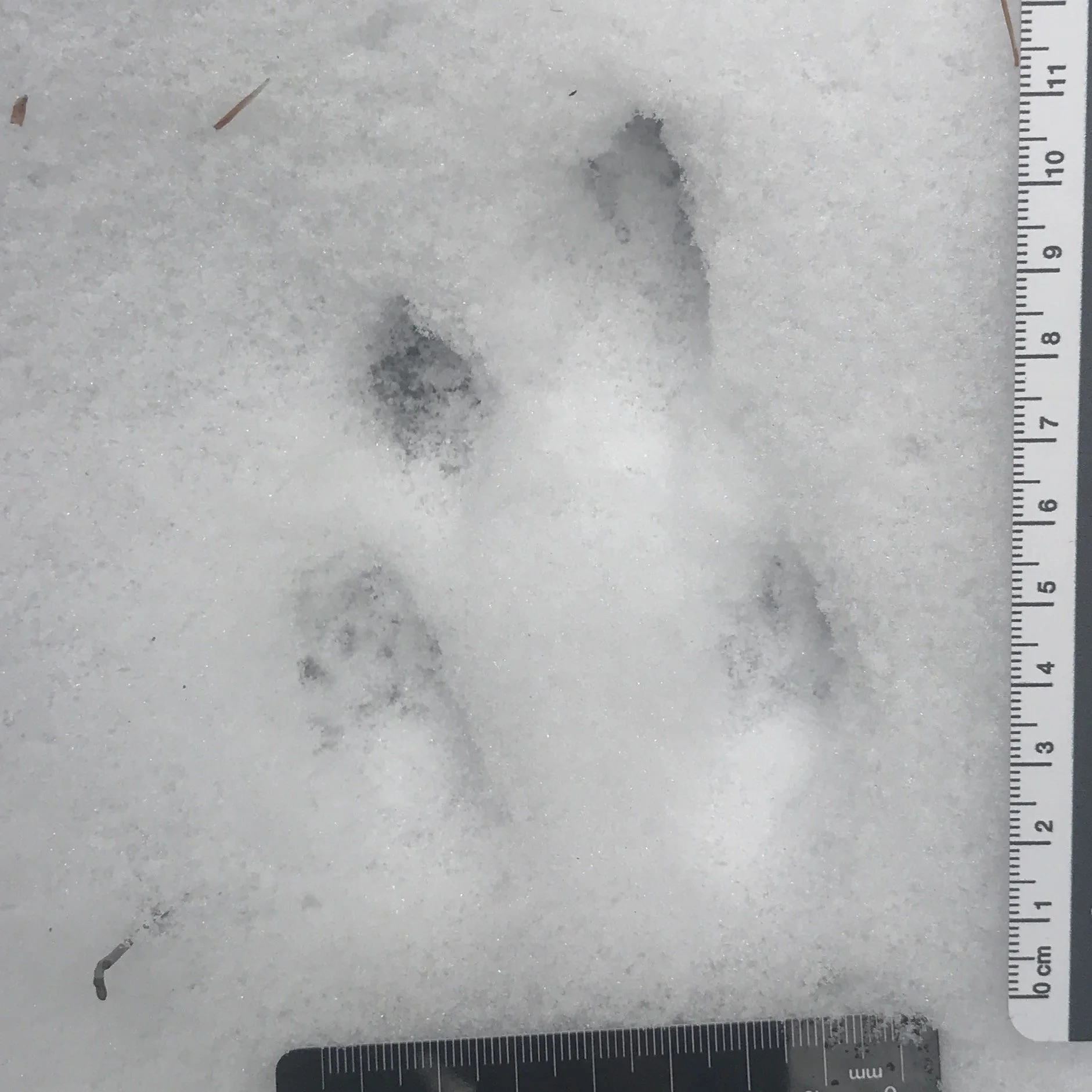
Ep. 278 : Getting to know Southern Flying Squirrels
While out tracking in the new snow the other day I came across some relatively small tracks, reminiscent of a Chipmunk. It took a second before I recognized them as Southern Flying Squirrel tracks.
I have been encountering Southern Flying Squirrels in various ways for a few years, including tracks, scat, feeding sign, live sightings, and I even pet one once, but through all of this, I didn’t know much about them. Hence, inspired by my recent tracking outing, I figured I would take some time to get to know the Southern Flying Squirrel a little better. Hopefully we can learn a little more together.
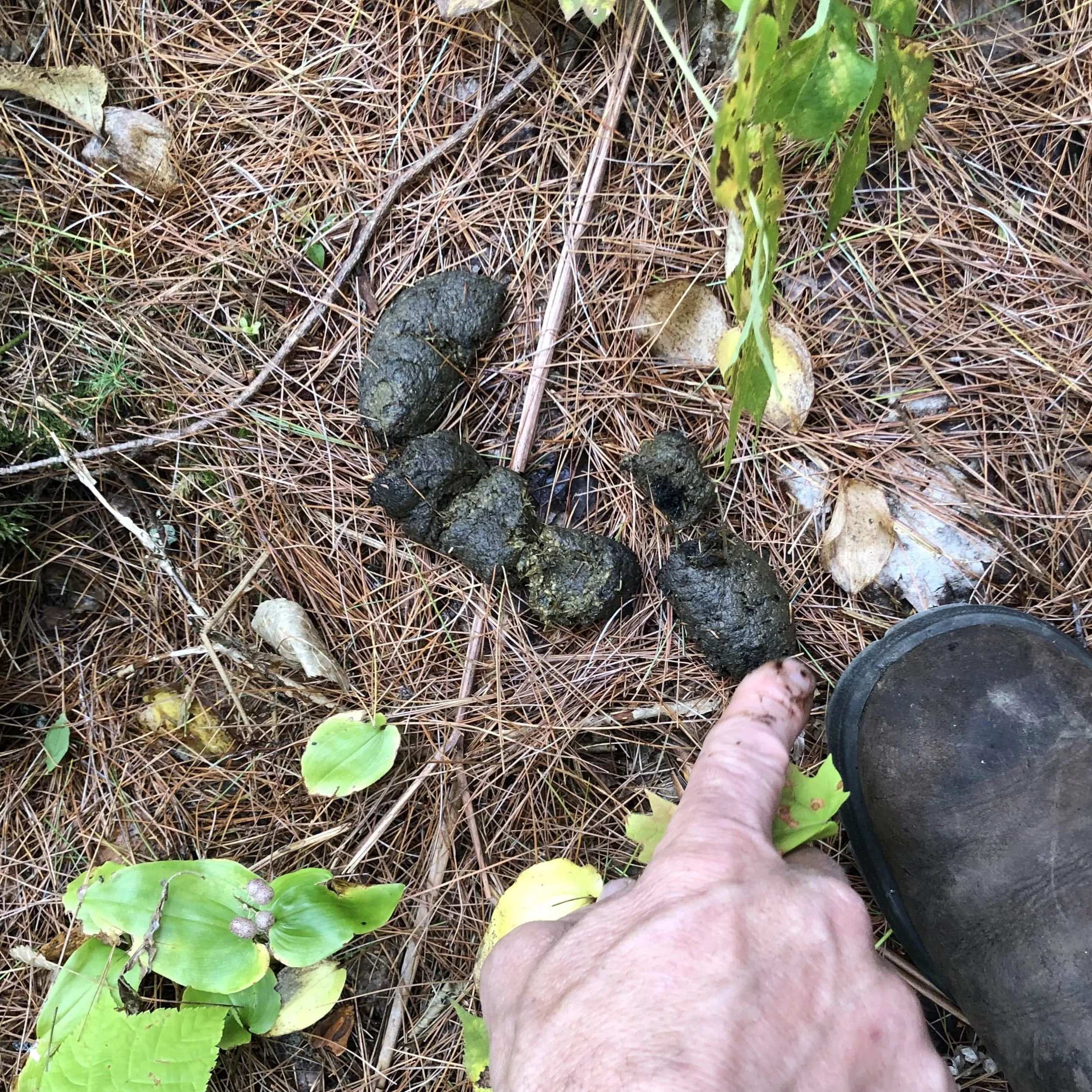
Ep. 275 : Once Upon a Black Bear Scat
It isn’t often that I get to see bear scat down here in Guelph, but in Parry Sound, there are many Black Bears, and while visiting the Sound for a trailing workshop, we came across some of their scat.
Even if we don’t get to see the bear, their scat was plenty enough to get me thinking about the plants their consuming, how their digestion works, and how their being themselves impacts and plays with the land they make up and inhabit.
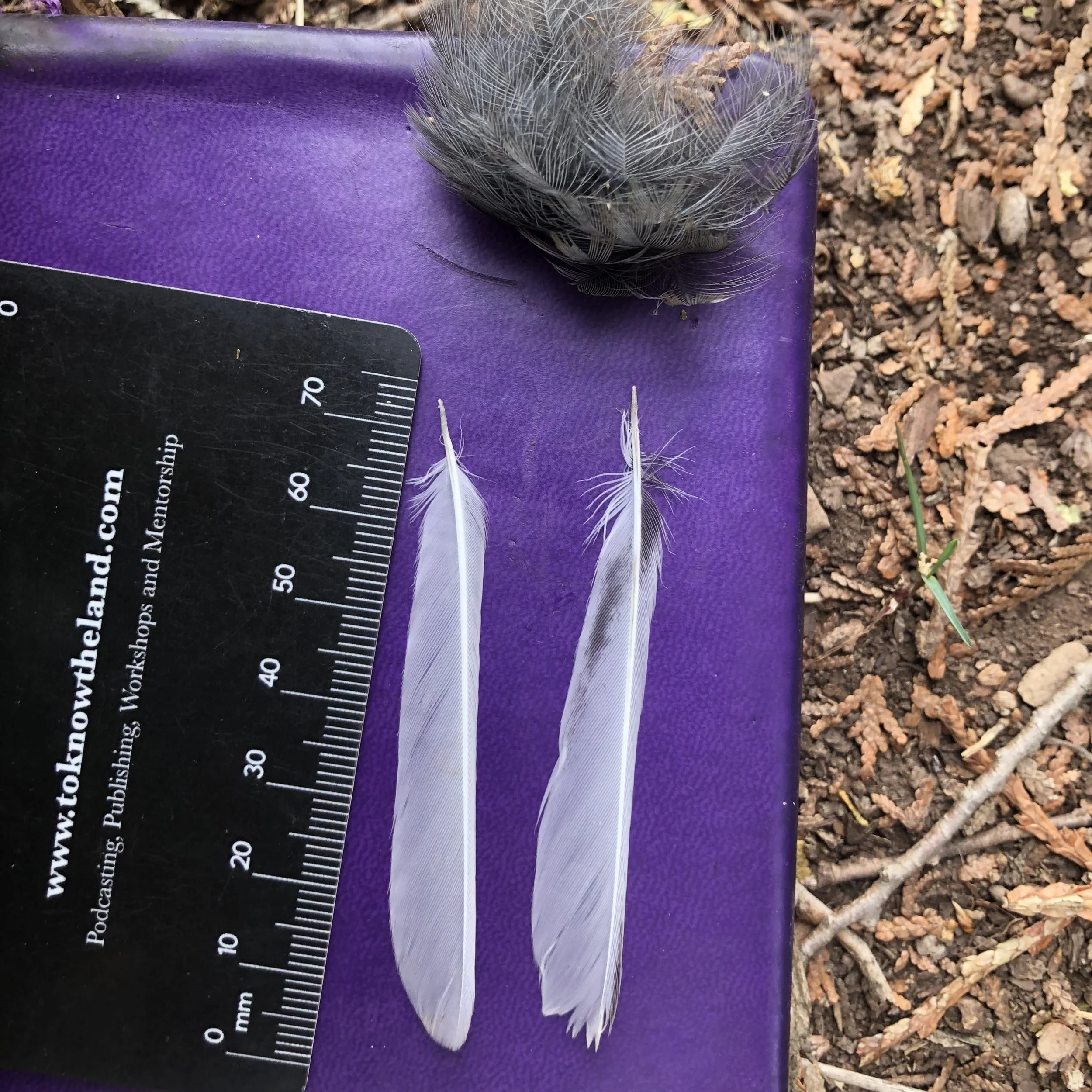
Ep. 268 : Do Deer Mice Eat Birds?
It started with a little hole at the base of an Eastern White Cedar tree, and a couple of seeds. Who had collected and consumed the contents of the seeds? What about the feathers? And the boney remnants of bill?
Join me as I go deep down a Deer Mouse hole.

Ep. 265 : The Legs of the White-tailed Deer
I have found sign of three dead White-tailed Deer in the past three weeks. One, killed by Coyotes. Another, hit by a vehicle, found on the side of the highway. And also, I found a White-tailed Deer leg while trailing a Coyote. All of these encounters have been teaching me a lot about the legs of the deer and I wanted to look a little bit deeper into these moments, and to share the stories.
I go on to detail what I have been learning about the legs, especially in the context of the hind legs, about the glands located there. Of course, you can read the blog post, or you can learn a little bit more from listening to the show.
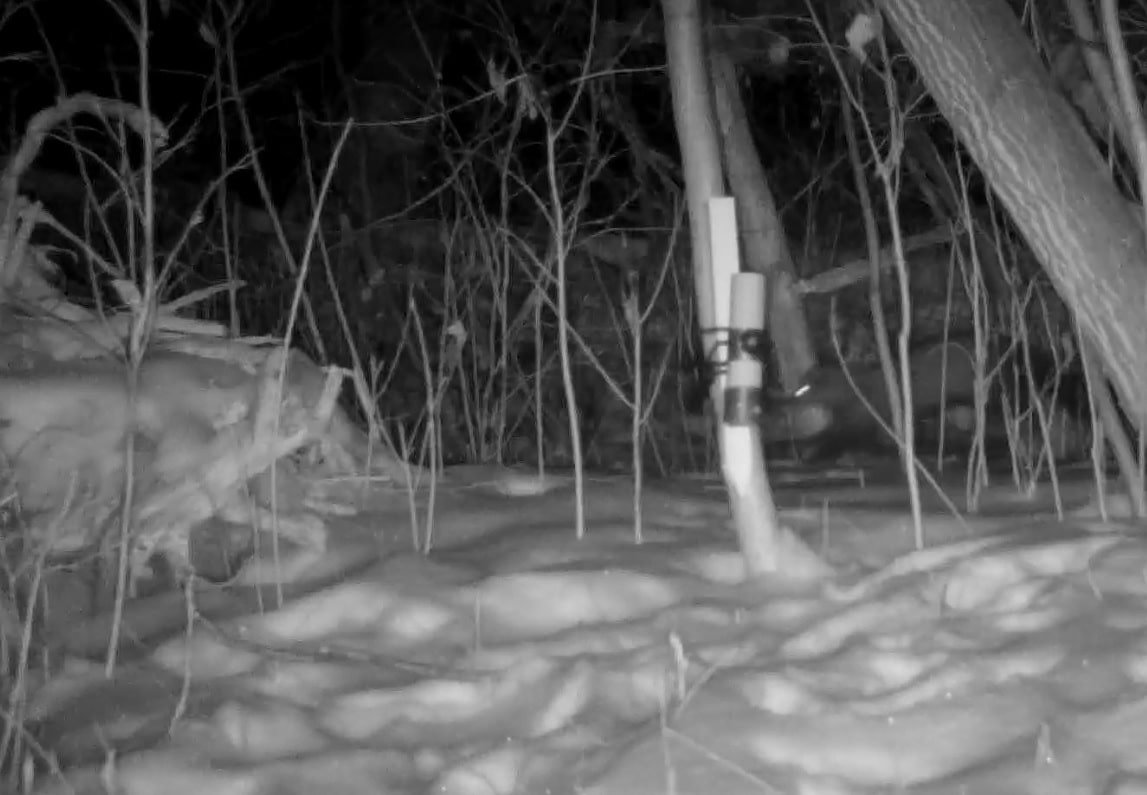
Ep. 264 : A Fisher in Edmonton with Sage Raymond
Fishers aren’t known as an urban adapted species. They tend to avoid our built up landscapes and prefer mature forests comprised of old trees with cavities and lots of course woody debris (think of big piles of dead branches and fallen logs). Because of this Fishers avoid our cities… or so we thought.
Sage Raymond is a researcher who studies urban adapted Coyotes in Edmonton. While out checking some trail cams intended to catch Coyotes on the landscape, she happened across a Fisher trail in the snow. Sage realized that this was a very unusual circumstance and wrote a paper about it. Thankfully, she agreed to talk about her findings on the show.
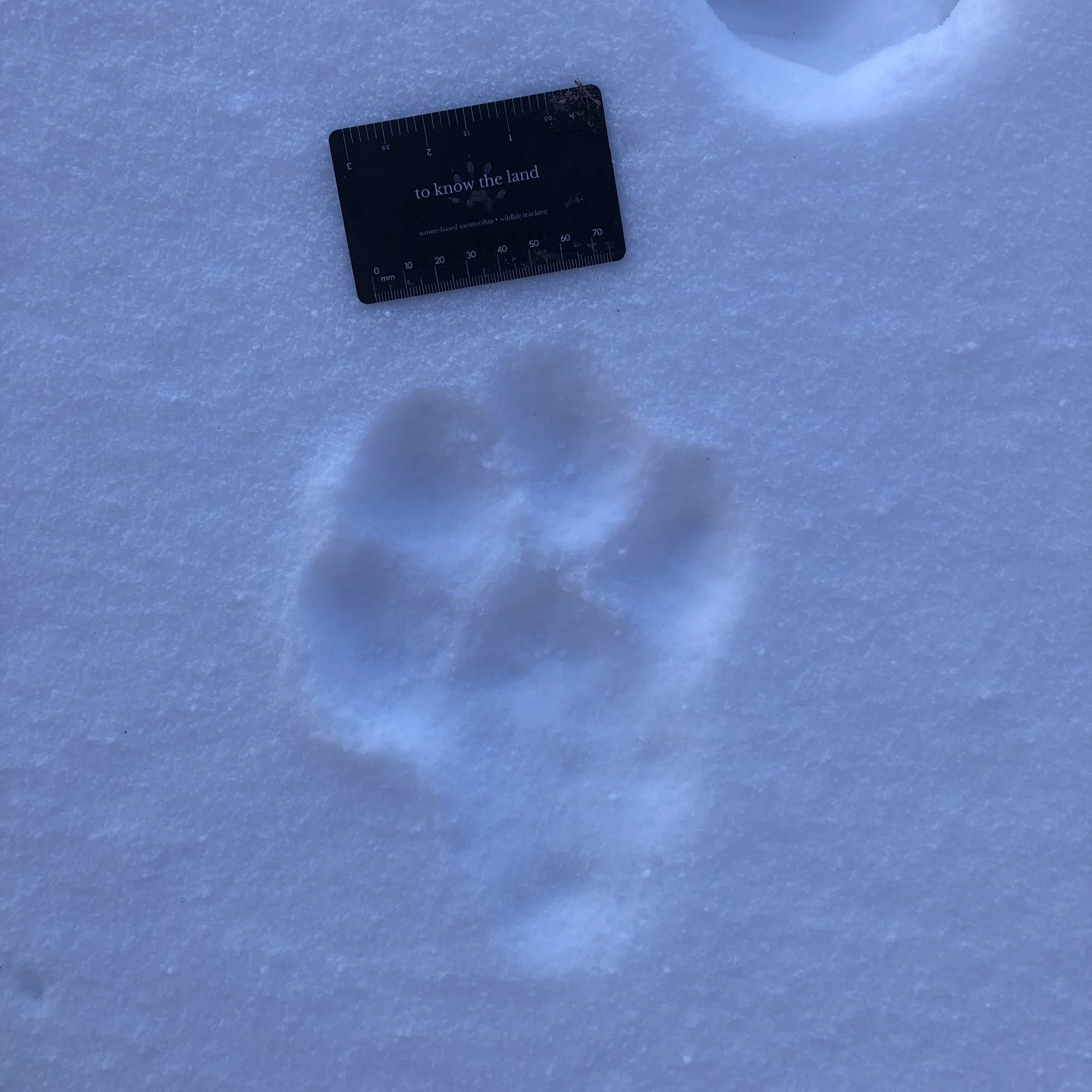
Ep. 261 : Trailing Lynx at Elk Lake
I just got home from an amazing week away trailing Lynx. It was an amazing time and I had a ton of fun. We trailed Lynx for days, as well as get on some trails of other animals. There are so many stories to tell and so much to integrate over the next few weeks, but I wanted to share some highlights of these weeklong tracking expeditions.

Ep. 256 : Apple Scat of Coyotes and Red Fox
In the later part of the Summer, I was walking with my friend and colleague Tamara when we came across some scat with Apples in it. I can’t remember what brought it up but she mentioned that she has seen more scats composed mostly of Apple left by Coyotes rather than by Red Fox. This got me wondering.. who eats more Apples, Coyotes or Red Foxes? This question began a weird hook in my mind, and everytime I noticed Apples, Apple based scat, Coyote scat or Red Fox scat, the question would come to mind.
I decided I would go for a walk and try and measure a ton of scats, look for evidence one way or another and see if I could get any closer to an answer. Ended up making the show about this question.

Ep. 252 : Mussel Midden Mystery
While teaching up at the Lodge at Pine Cove this past weekend we came across lots of tracks and sign. But there was one bit of sign that was really annoying me… something I wasn’t sure about. There were mussel shells laying about all along the rivers edge. Along the beach, the rocky cove, and all across the depths of the French River. They had all been opened, most split at the hinge, some cracked, many fragile and crumbling apart when put a bit of pressure on them. Someone had been feeding on these mussels for quite a few years it seemed, and I wanted to, maybe even needed to, figure this mussel mystery out.
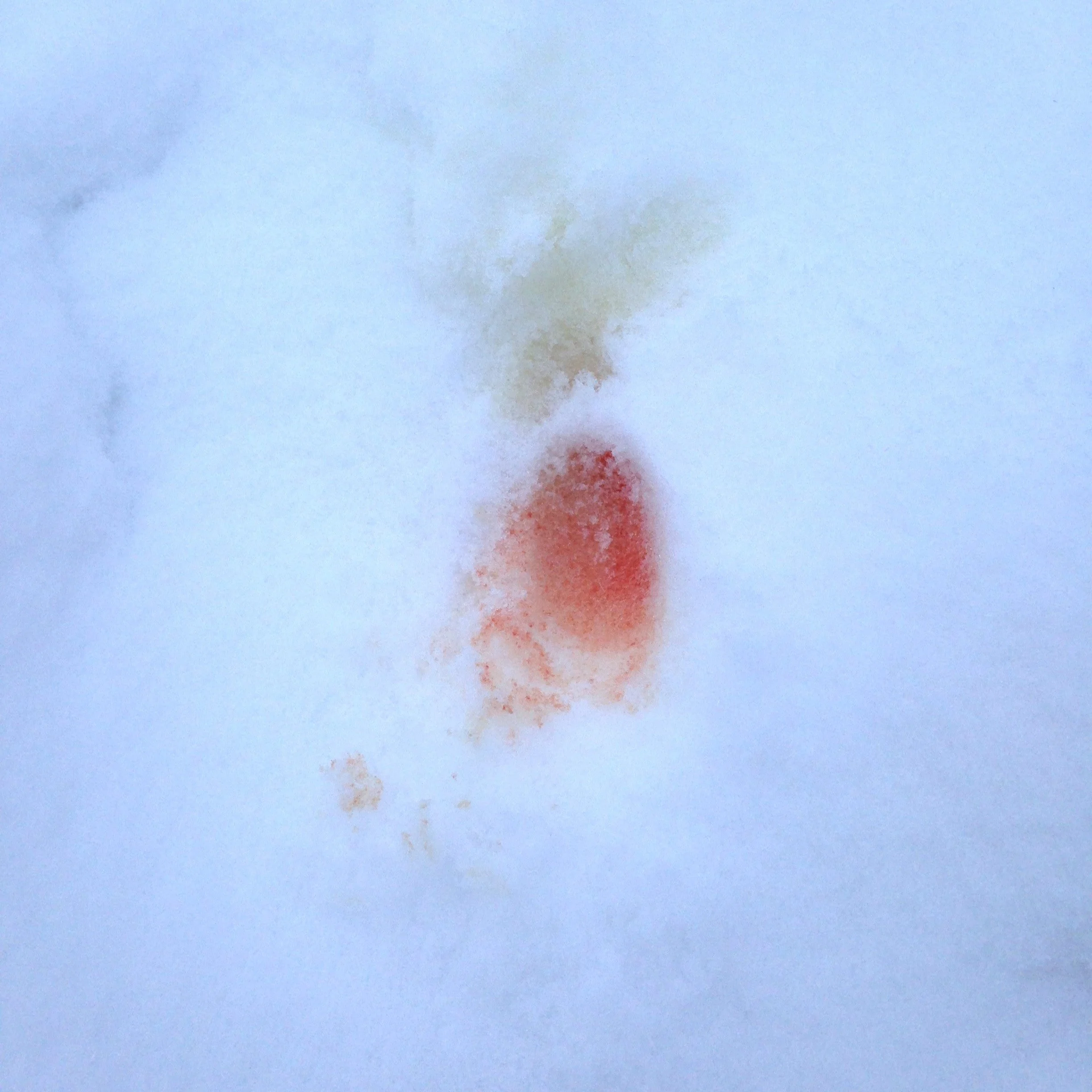
Ep. 234 : Courting Behaviours of the Eastern Coyote
It’s that time of year again, when the animals are getting out and getting down. While driving home the other day I drove past a forest where I had once trailed a part of courting Coyotes and realized that now is the time we will be seeing these courting behaviours. I had written about them before, but it was worth revisiting as it will likely be coming up on the land, and in my classes.

Ep. 233 : On the Fisher Trail
Once again I have been inspired by the Fisher to dig a little deeper into their ecologies, behaviours and the signs they leave behind. There is always so much to know that another show about them, relating another story of following the Fisher trail seemed worthwhile.
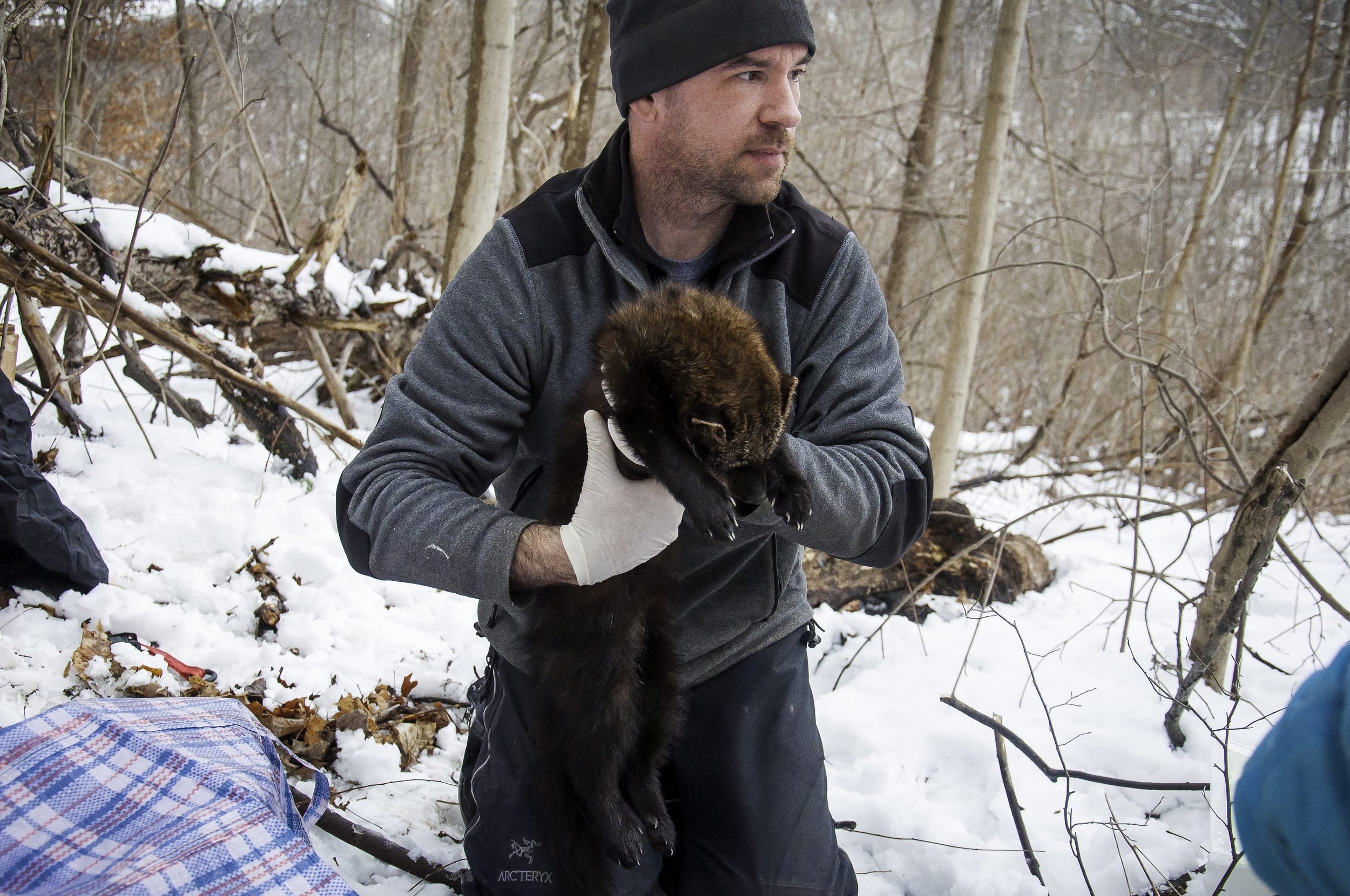
Ep. 211 : Fisher Researcher Dr. Scott LaPoint
Recently while tracking a Fisher in Algonquin Park we encountered a large galloping trail that had a long stride length of 106 cm (41¾ in). This was about 28 cm (10 in) longer than what is recorded in Mark Elbroch's “Mammal Tracks and Sign” (Stackpole, 2019). When I finished measuring, I was discussing this extraordinarily long stride with some colleagues. They told me about a National Geographic article, based on a paper about increasing body sizes and range expansion of Fishers in the Northeast. I was immediately interested. When I got home from Algonquin, I looked the paper up. I read the abstract but I had to find out more so I wrote to the author, Dr. Scott LaPoint, to see if he could help answer my questions and be game for an interview. He was in.
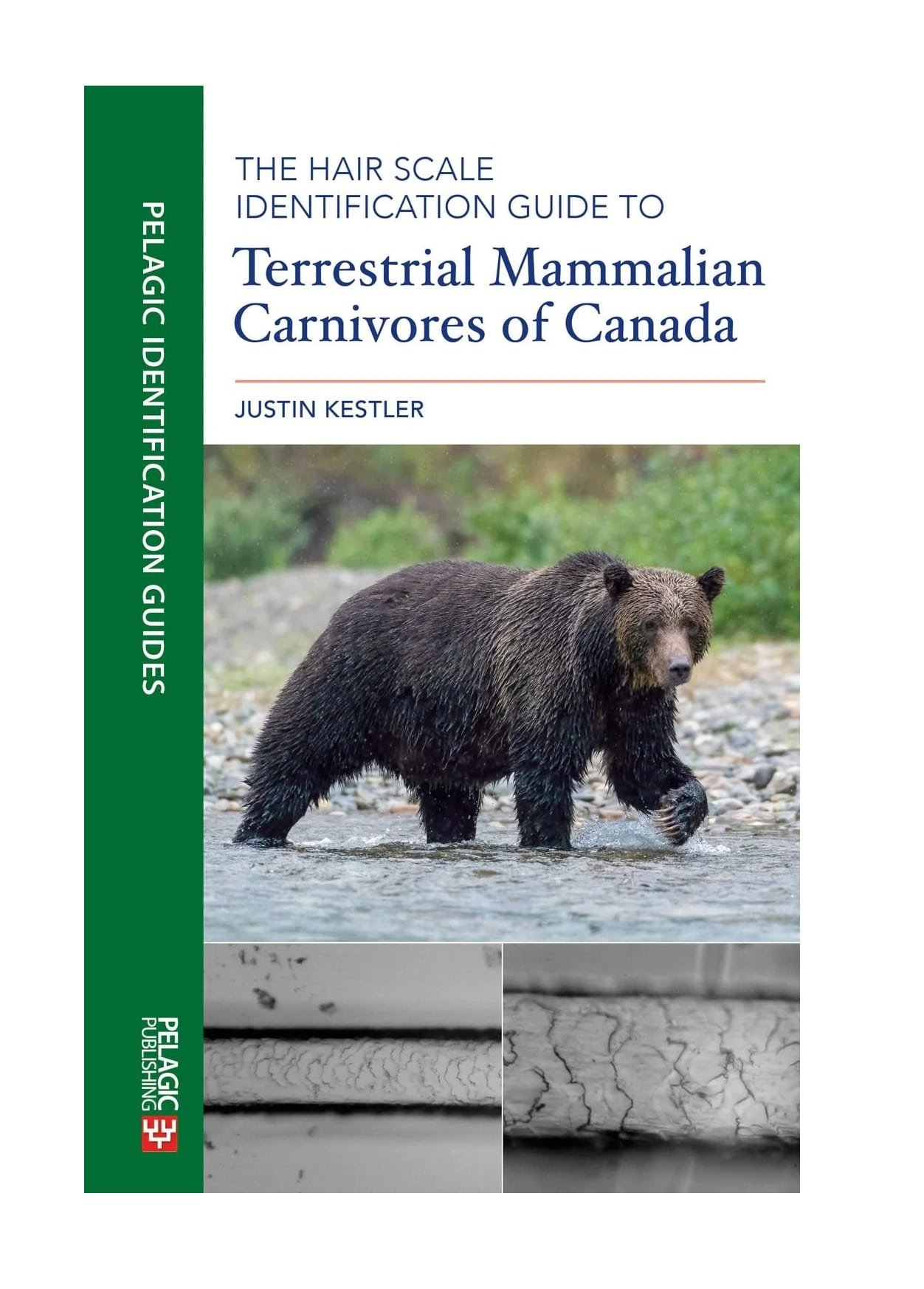
Ep. 196 : Hair Scale Identification Guide to Terrestrial Mammalian Carnivores of Canada with Justin Kestler
Justin Kestler and I got to talk about his new book The Hair Scale Identification Guide to Terrestrial Mammalian Carnivores of Canada. This concise book is a quick guide to interpreting the origin of hairs based on the morphology of scales along the cuticle (outer side) of the hair. It’s not like a fingerprint per se, which attempts to identify an individual human, but instead may help to identify a species. This is because the scale structure is different across species but not so much individuals of that species. Make sense?
We talked about the process of documenting the hair scales, acquiring the hairs, and a bit about ecological traits which might be indicated through the characteristics of the hairs. It was really fun to nerd out about the finer details of hairs. The book, and the interview have really pushed me to keep a hair journal and begin looking for a microscope. Maybe in the future…
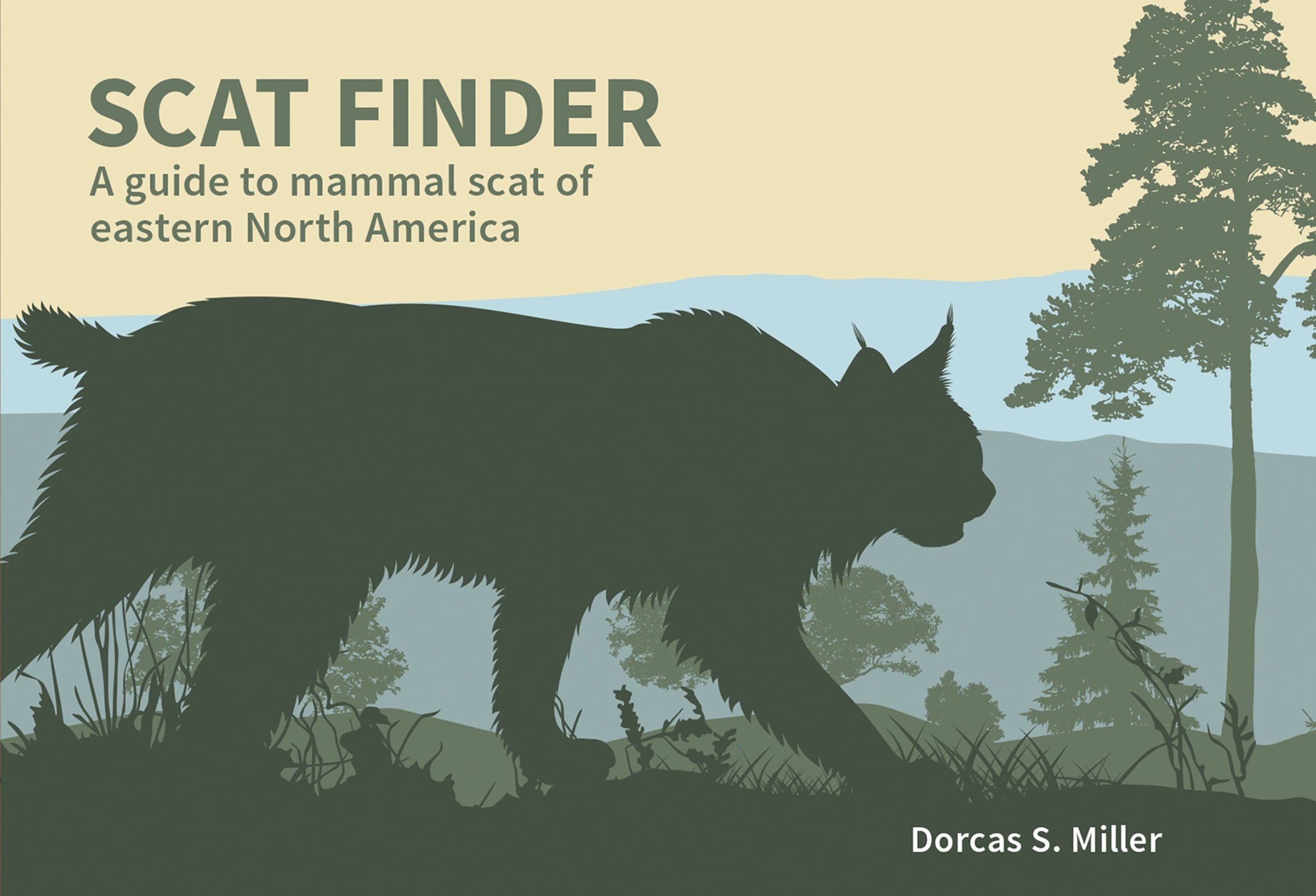
Ep. 191 : Scat Finder with Dorcas Miller
Finding and identifying scat is definitely part of a trackers repertoire as scat is a gateway into the natural history of the animal who left it. It highlights which species the animal is in relationship with, can help identify where the animal has been, and more generally can teach us more about our land base, which really is the point of this show.
Dorcas and I share stories while I ask questions about her awesome new book. It was an honour to get to talk with Dorcas.

Ep. 179 : Northern River Otter
A friend told me that someone in their small village had spotted a Northern River Otter (Lontra canadensis) in the same river the passes through the city where I live. This is the closest sighting of a River Otter to my neck of the woods I have ever heard of. I was so excited that I ran to my desk where I had all of my mammal books out anyways, and flipped to the River Otter entries and started learning.
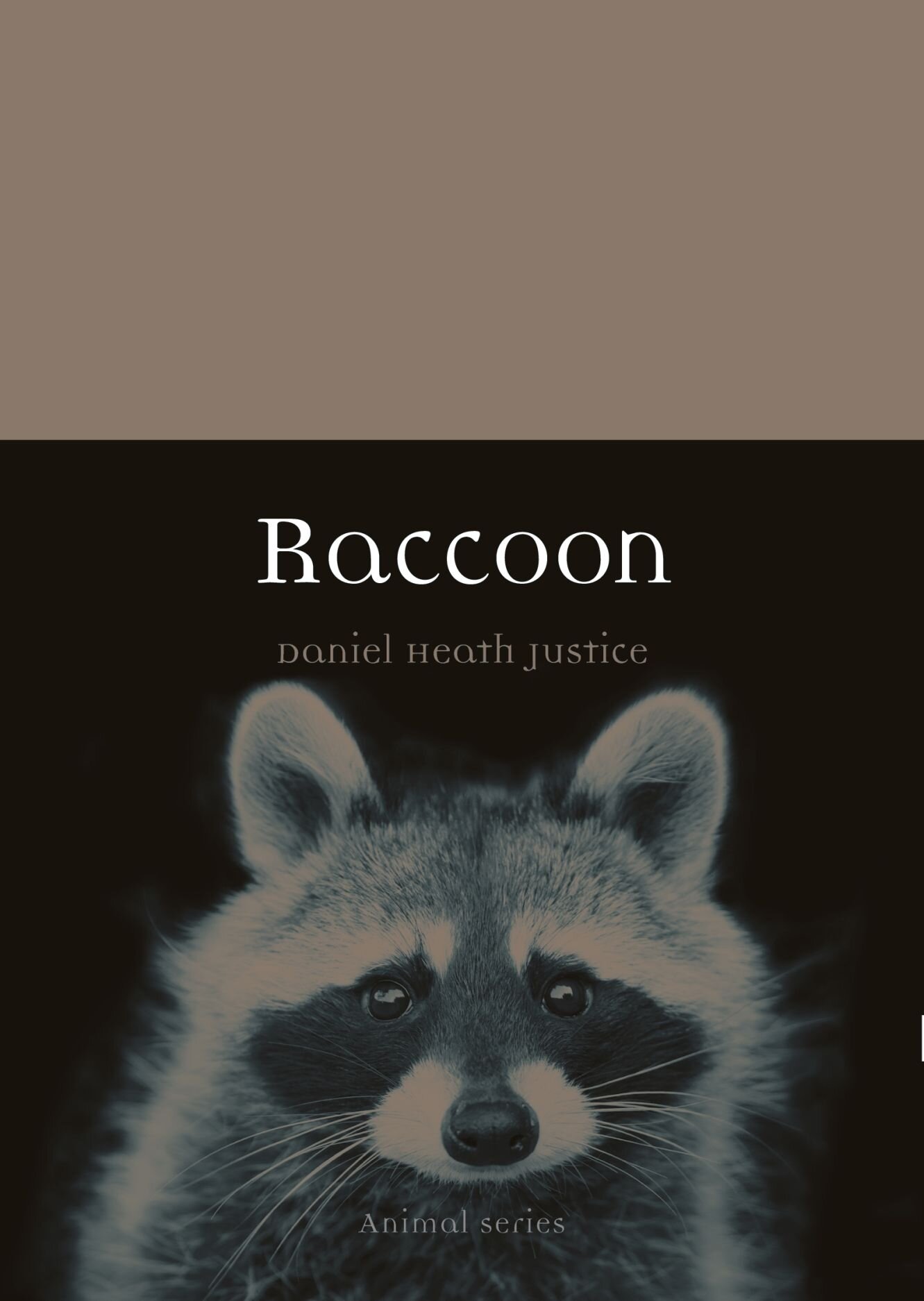
Ep. 164 : Cultural histories of Raccoons with Daniel Heath Justice
Who would have thought that a small woodland creature would have made such an impact on the land, hearts, minds, and cultures of those who have encountered them.
Author, professor and animal nerd Daniel Heath Justice helps us navigate the wild cultural impacts and impressions of Raccoons. Raccoons are imprinted on the imaginary as “category-defying, rule-breaking and boundary-breaching beings”. They are models for both lean, resilient, images of the noble wild as well as pestilent dumpster dwelling “trash pandas”. Queer creatures indeed.
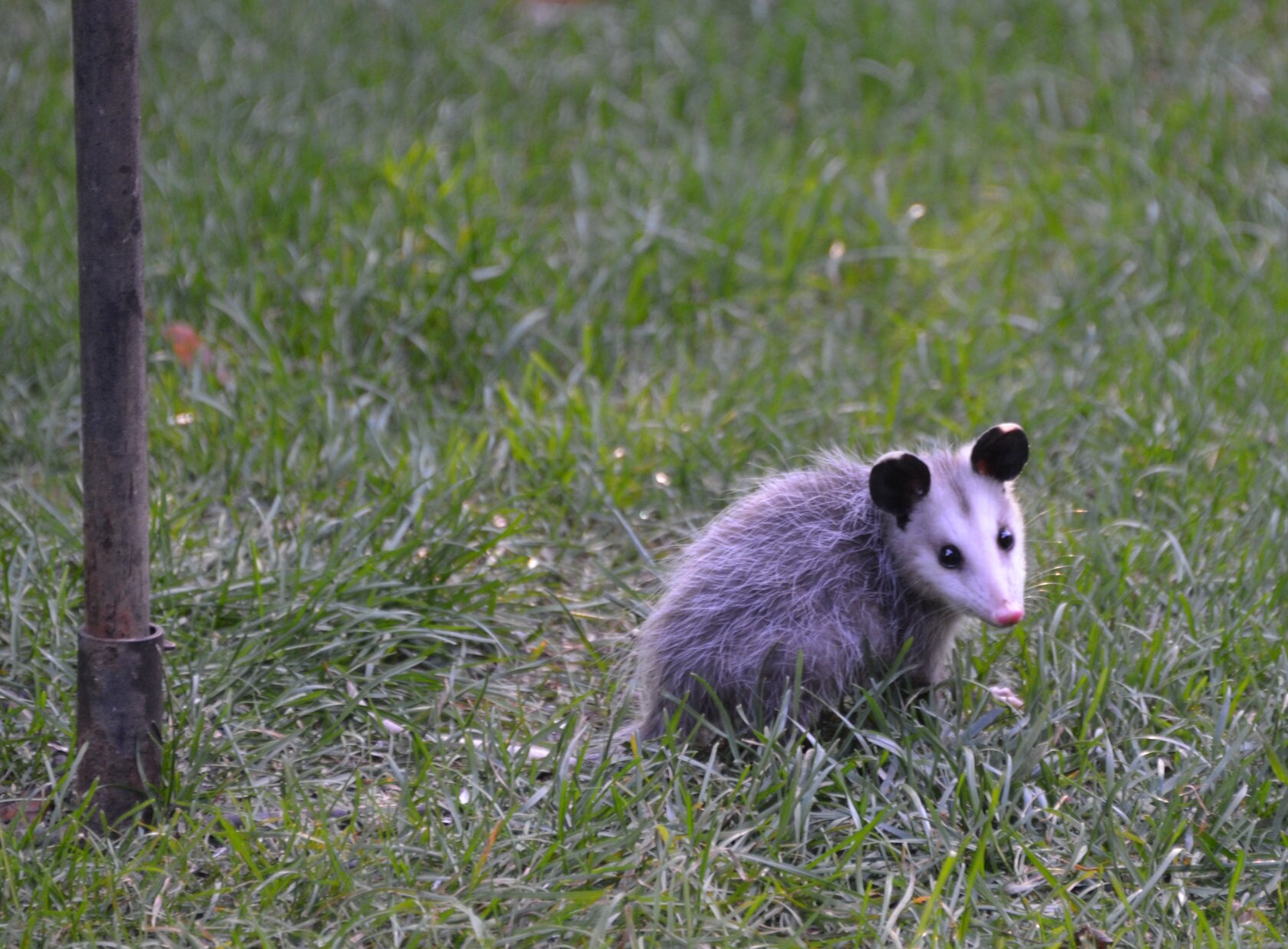
Ep. 155 : Lisa Walsh and Contemporary Range Expansion of the Virginia Opossum
The Virginia Opossum is of the most amazing mammals on the continent. These marsupials are slowly but surely expanding their range northwards, despite winters which can be so hard on the Opossum that they can freeze, or starve to death. Why are they expanding their range? Are they adapting beyond their traditional climate niche?
For this show we talk to Dr. Lisa Walsh, a mammalogist and biology educator about the wonderful natural history of the Virginia Opossum, how anthropogenic changes to the landscape are influencing their behaviours, and of her research about the processes of their ongoing range expansion.
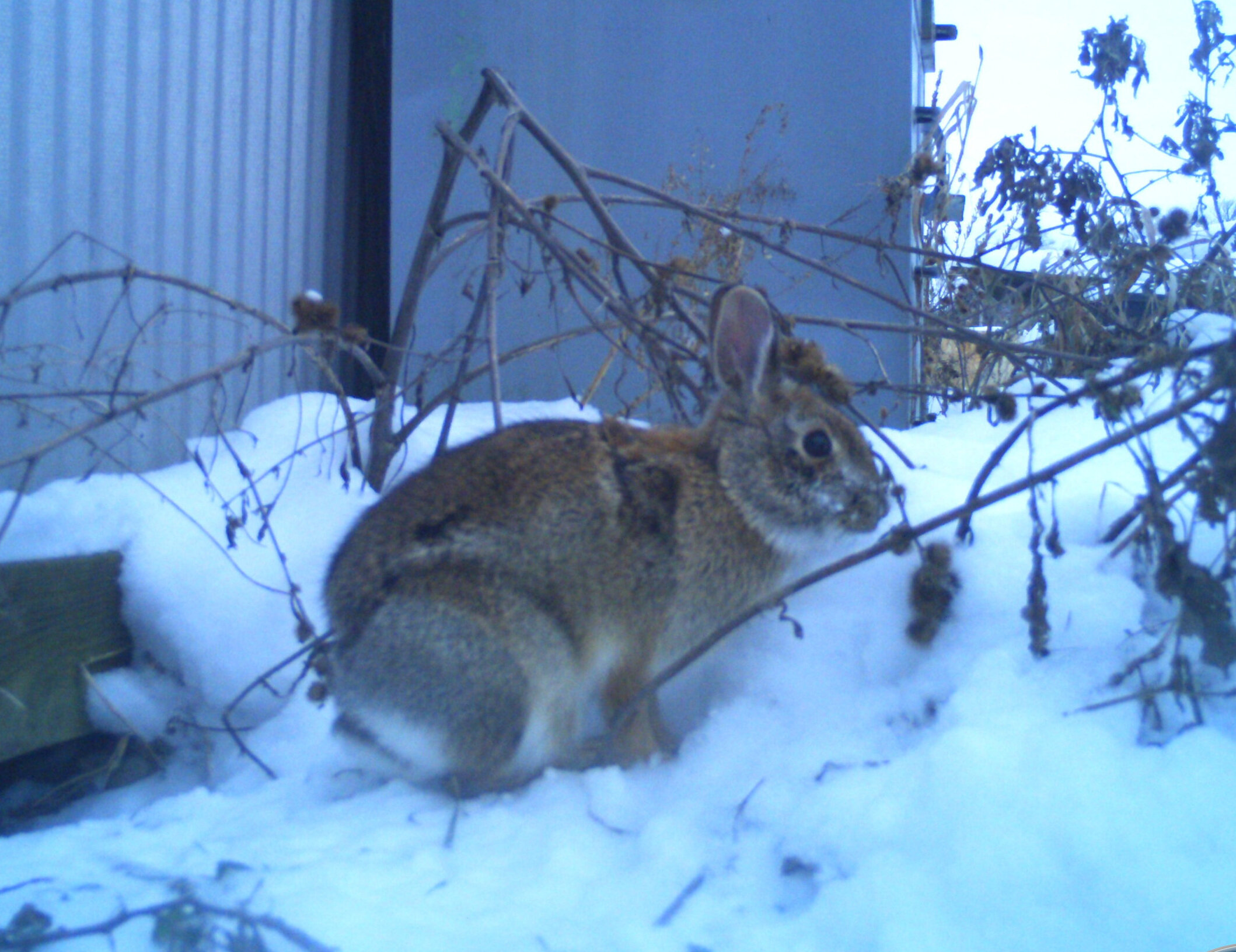
Ep. 147 : Fox and Rabbit predator-prey interactions with wildlife behavioral ecologists Jeremy Pustilnik and Paul Curtis
For this interview I get to talk with Jeremy Pustilnik and Paul Curtis about a recently published paper from the journal “Urban Ecosystems” on the interactions of Eastern Cottontail Rabbits (Syvilagus floridanus) and Red Foxes (Vulpes vulpes) around the use of Groundhog (Marmota monax) burrows and if the scent of Red Fox urine would dissuade the Cottontails from using the burrows.
It was a lot of fun to get to dig in with these two biologists on their research, their experience and their passion for the work.
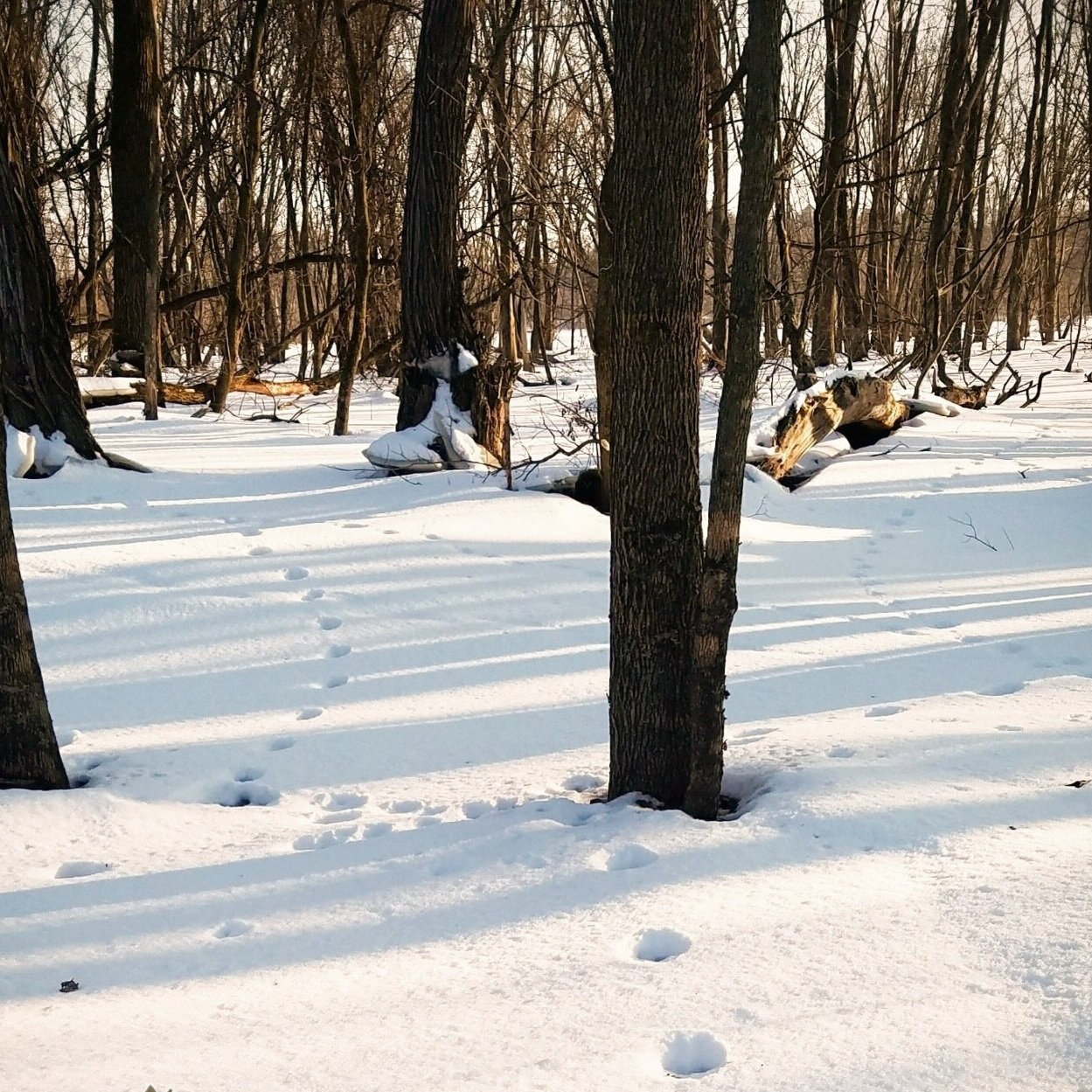
Ep. 146 : Sophie Mazowita of Tracking Connections
The first show of 2021 is a great one. My guest is Sophie Mazowita, naturalist, educator, wildlife guide, tracker, storyteller and much more. We talk about her journey as a naturalist and a tracker, how she gets off the trail and gets into the wilder world around her.
When I talk to folks about creating cultures of connection with the land, putting in the time, effort and passion into the work of learning ourselves and teaching others, Sophie is right on that. She has been working hard, as evidenced all over the internet with her videos, her career as a naturalist and educator, and her ongoing work getting folks on board with paying attention to the wilder world around them.

Other platforms where you can listen to the show :
As well as : Pocket casts : RadioPublic : ListenNotes : Podcast Republic


